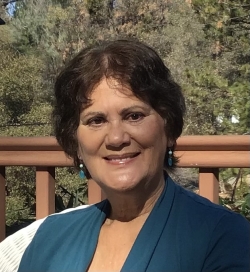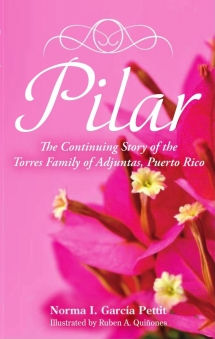In 1879, Pilar is still unmarried and living with her large family in the mountains of Adjuntas, Puerto Rico. How can a person feel lonely when there are ten people in the home? This endearing story is based on the author’s true-life ancestors and enlightens readers on the island’s history, culture and traditions.
Some Sights and Sounds of Puerto Rico
El ruiseñor - songbird
Fascinante Ruiseñor Cantando ???? Canto del ruiseñor ????
The song of the Puerto Rican coqui (tree frog)
Bing Videos
Blog
The Games That Children Played

I am a Baby Boomer. When I was a kid, there were no computers, tablets, cell phones, internet, or even video games. Children today cannot comprehend the fun that we had despite not having these things. We played games like tag, hide and seek, stick ball, jacks, marbles, jump rope, hula hoop, kite-flying, dodge ball, catch, pickup sticks, and board games. We played cops and robbers, house, played with dolls and toy cars, rode our tricycles, scooters and bikes, climbed trees and played in mud puddles. A generation later, my own children enjoyed a lot of these same activities.
Superstitions

We all know about the bad luck that walking under a ladder or a black cat crossing your path can supposedly bring. What about breaking a mirror and having seven years of bad luck as a consequence? I remember being at the home of my friend Laurie when I was about twelve and accidentally breaking a mirror. I was devastated to think that I would have bad luck until I turned nineteen. That seemed like forever!
Secret Babies

Piropos

Who doesn’t like a sincere compliment? “You’re a good cook,” “I like the way you decorated this room,” “Your children are well behaved,” “You are a talented musician,” or any such positive comments have always been a pleasure to hear.
Piropos are not quite the same and never did sit well with me. One definition of the term says that it is a flattering comment or compliment. Well, yes, it could be. But in Spanish-speaking countries piropos quite often are “unsolicited flirtatious or sexually oriented comments made by a male to a passing female of reproductive age whom he does not know.”
Are ALL Puerto Ricans Related?

Years ago, on American Idol there was a Puerto Rican contestant named Tatiana Del Toro. She could obviously sing or she wouldn’t have made it to the top 36. Tatiana was sometimes dramatic and annoying, but I remember her also for a comment that she made about Puerto Ricans: “We are all cousins.” While that’s a standard joke that we Puerto Ricans have, it sometimes seems to be true.

